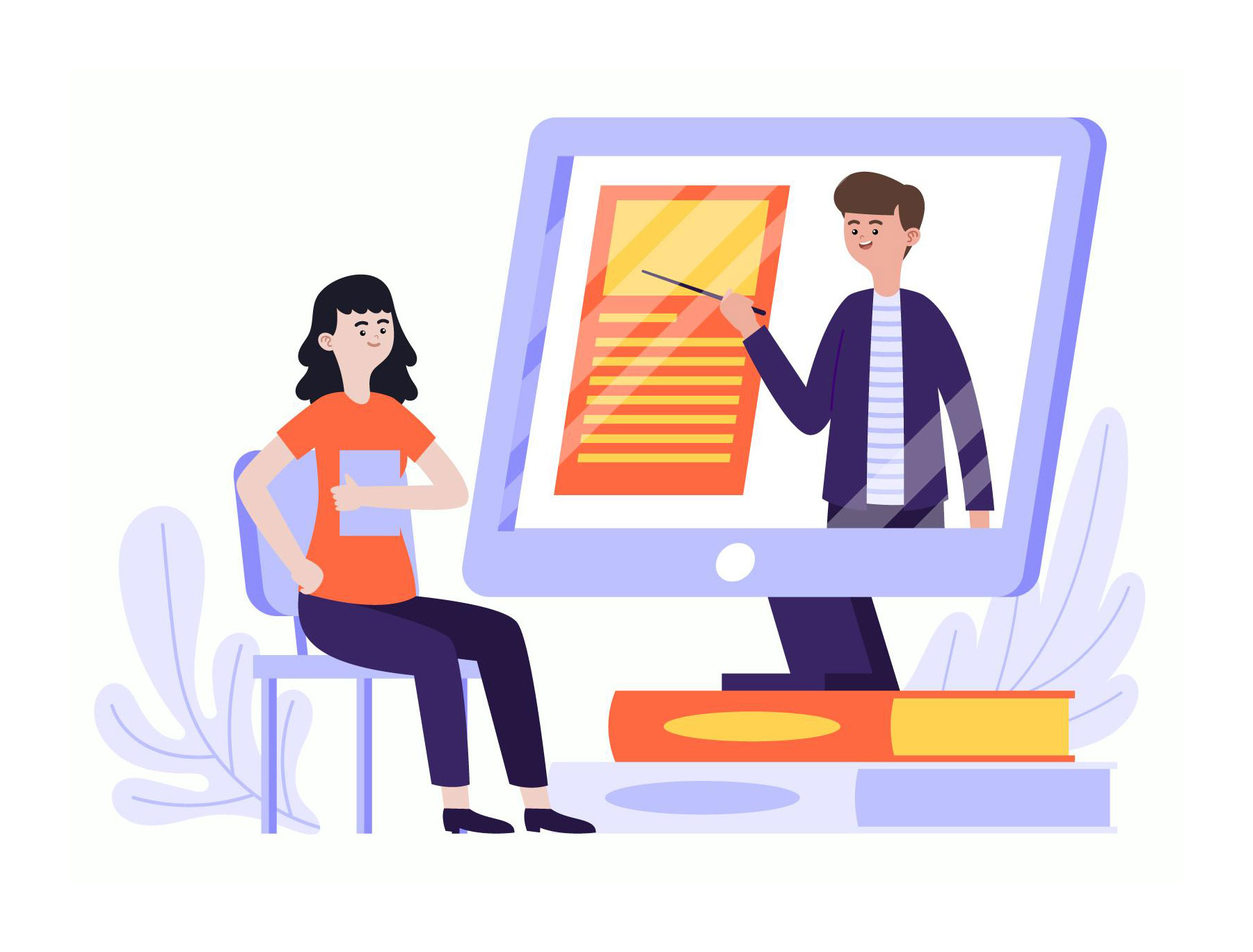What are digital learning and e-learning, and how do they differ?
Digital learning and e-learning are words that we frequently hear these days as learning experiences that have taken the world by storm – especially during the pandemic. But what are they really, and is there a difference between the two?

What is digital learning?
Digital learning refers to any type of learning that uses technology – in the broadest sense of the word. Thus, Anything that involves digital platforms, tools, systems, and applications by learners pertains to digital learning. This means that online courses, conducting internet research, even watching online videos, or using digital tools and devices face-to-face with their teacher in a traditional classroom are all considered digital learning.
It differs from online learning in that the latter only involves learning through the internet. The former is a broader term that includes the use of both internet and digital devices, tools, systems, and applications. Online learning uses the internet as a form of communication and learning. This means that students and the teacher can all be in the same room together and still adopt online learning.
What is e-Learning?
e-Learning is a type of learning that all happens virtually – the students and the teacher do NOT have face-to-face interaction at all. As a “fully” online learning experience, e-Learning involves all materials, course work, and communication that take place online. This means that this virtual learning requires emails, forums, chat, online group discussions, or video conferencing as primary means of learning and communication.
What are the main differences between digital learning and e-Learning?
The two may sound like they’re the same, but there are subtle differences between them. Here are just some of them:
The intention
Some resources would use the term “e-learning” to refer to education and learning within an educational institution. Others pertain to “digital learning” for corporate learning or training. With increasing mobility by the workforce coupled with the remote nature of today’s work, digital learning has become an overarching practice that encompasses all forms of training among business organizations.
Design
The presence of several tools, platforms, Learning Management Systems, and applications has made it possible for employees to build their skills and train with a slew of activities. Self-learning, meetings, immersions, classroom training, feedback mechanisms, and progress tracking have become standard practices in most corporate training. This type of learning – also known as blended learning – enables learners to obtain a more holistic way of learning. It can even be done regardless of where the students and the teacher are; geography does not matter, and in this sense, distance learning takes place.
Digital learning encompasses the aforementioned design, where digital tools and platforms are combined with other offline formats to provide a holistic view of learning. E-Learning, however, will only pertain to the “fully online” aspects of the above, specifically the use of online tools in a remote environment.
Interaction
While both digital learning and e-Learning allow student and teacher interaction, the difference lies in whether they are face-to-face or not.
Digital learning may involve the use of digital devices to facilitate learning, regardless of whether the students and the teacher are in the same room or not. This means that students may be using tablets along with other students and the teacher in a traditional classroom setup.
On the flip side, e-Learning is a “fully online” learning experience, which means that the practice is remotely done – the learner and facilitator are in different places and can communicate through online tools and platforms.
